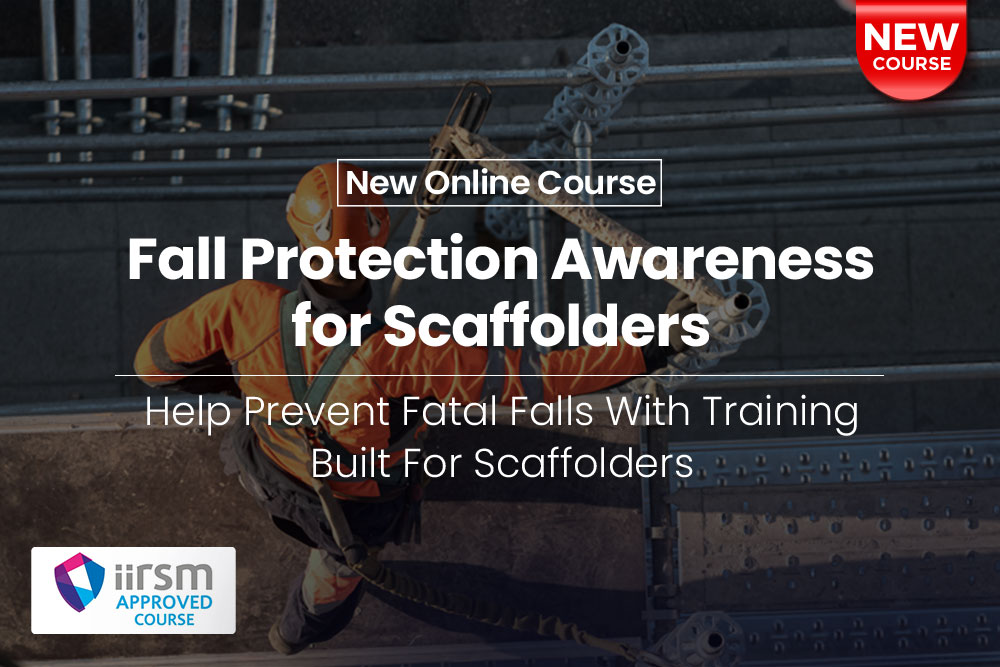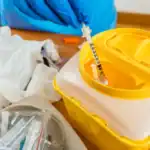
Anything that burns carbon-based fuel is a potential carbon monoxide hazard. Boilers, heaters, kitchen appliances, vehicle engines, portable generators – there’s a long list of devices that can leak carbon monoxide at work.
When carbon monoxide (CO) is leaked, the consequences are severe. At low levels, CO poisoning feels like the flu. Extremely high-level exposure kills in minutes.
If carbon-burning equipment is used in your workplace, you must be aware of the risks. This guide highlights the warning signs of CO poisoning and what must be done to manage carbon monoxide at work.
Key Takeaways
- Carbon monoxide is an invisible, odourless gas produced when carbon-based fuels like wood, coal, natural gas or petrol don’t burn properly.
- Exposure to carbon monoxide causes flu-like symptoms at low levels. It’s deadly at very high levels.
- Common CO hazards include heaters, cooking appliances, vehicles, portable generators and hot works in enclosed spaces.
- Employers must assess the risks of carbon monoxide at work and implement control measures to protect employees.
- Effective control measures, such as CO alarms, ventilation and proper training, are essential to prevent exposure and ensure workplace safety.
Carbon Monoxide Explained
Carbon monoxide gas is released when carbon-based fuels don’t burn properly.
Fuels that can potentially leak CO include:
- Wood
- Biomass
- Coal
- Gas
- Oil
- Petrol / diesel / kerosene
If these carbon-containing materials burn without enough oxygen present, the normal chemical reaction is disrupted. Usually, these fuels produce carbon dioxide when burned. But, without sufficient oxygen, carbon monoxide is released.
Unlike carbon dioxide, carbon monoxide is toxic. When inhaled, CO particles bind to haemoglobin cells in the bloodstream. These cells transport oxygen to organs and tissues around the body. They can’t do this loaded with CO, so the body becomes starved of oxygen.
CO poisoning is similar to the flu at low levels. If you continue breathing in CO or are exposed to extremely high doses, the effects include confusion, loss of consciousness and death. In England and Wales, 4,000 people need emergency treatment for CO poisoning each year. Close to 200 of those cases need hospitalisation. Around 50 of them are fatal.
Carbon Monoxide Awareness Training
Our Carbon Monoxide Awareness course provides users with essential knowledge about the health hazards of carbon monoxide and how they might be exposed. Users will also learn the fundamentals of carbon monoxide safety at the workplace, including risk assessment, control measures and emergency procedures.
Carbon Monoxide at Work
Carbon monoxide at work is a potential health hazard. Like any other health hazard, it needs to be monitored and controlled.
This duty comes from three pieces of health and safety legislation. These are:
- The Health and Safety at Work etc. Act 1974 (HSWA)
- The Management of Health and Safety at Work Regulations 1999 (Management Regulations)
- The Control of Substances Hazardous to Health Regulations 2002 (COSHH)
Under the HSWA, employers have a “duty of care” to protect employees from harm. The Management Regulations set out key steps to fulfil this duty, with risk assessment being the most important.
If your general risk assessment identifies carbon monoxide hazards at work, you must also comply with COSHH.
COSHH reinforces the duty to assess and control hazardous substances, including carbon monoxide.
Carbon Monoxide Hazards
A carbon monoxide hazard is anything that has the potential to release CO. As mentioned, this means any device that burns carbon-containing materials.
Below, we’ve highlighted the most common sources of carbon monoxide at work.
Heaters
Heating appliances that burn carbon fuels are widespread carbon monoxide hazards. Be wary of:
- Boilers
- Furnaces
- Space heaters
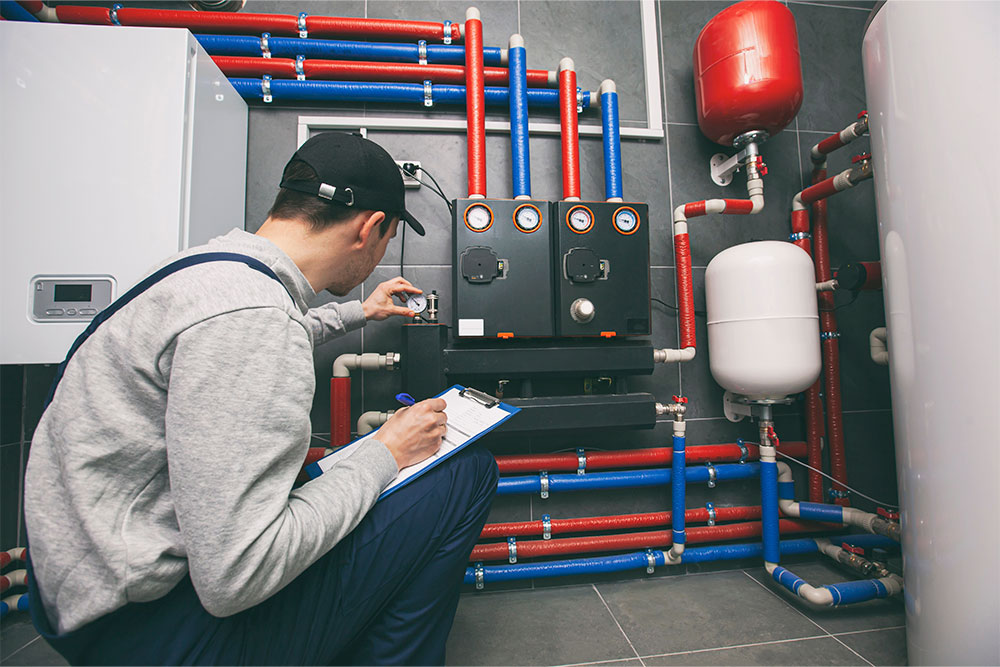
Hot Works
Hot works can all produce CO. Activities such as welding, brazing and cutting must all be carried out in well-ventilated areas.
Vehicles
Any vehicle that burns fuel is a carbon monoxide hazard, including:
- Gas-powered forklifts
- Petrol / diesel-powered vehicles
Equipment
Like vehicles, any equipment powered by an internal combustion engine is a potential CO hazard. Chainsaws, grinders, pressure washers – any power tools that burn carbon-based fuels can leak CO.
Portable Generators
Portable generators that run on petrol, diesel or natural gas can all produce CO. The emission rates of portable generators vary depending on the type of fuel used (petrol is the worst), the generator’s size and how well it’s maintained.
Cooking Equipment
Faulty gas stoves and ovens are potential sources of CO.
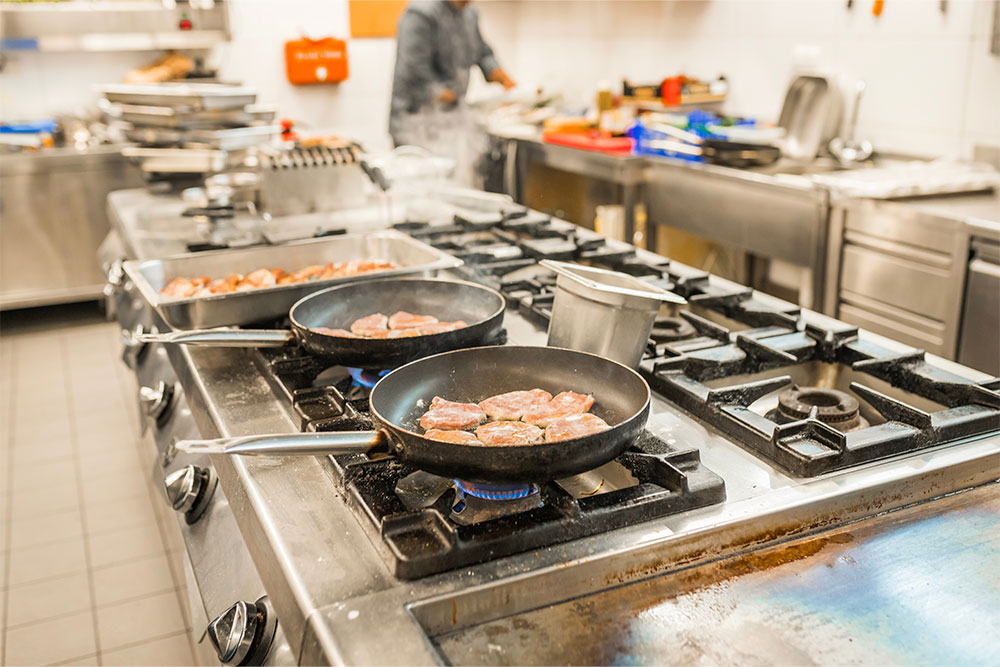
Enclosed Spaces
Enclosed or poorly ventilated spaces aren’t technically carbon monoxide hazards, as they don’t produce CO. But using any carbon-burning device indoors drastically increases the risk of carbon monoxide poisoning.
All devices mentioned above must be used in well-ventilated spaces or outdoors, away from work areas.
Carbon Monoxide Warning Signs
Carbon monoxide is invisible, odourless and tasteless, so it’s impossible to detect without alarms. There aren’t any symptoms specific to CO poisoning, either, which makes it hard to distinguish low-level exposure from other illnesses.
But if you experience several of these symptoms and there’s the risk of carbon monoxide at work, be on guard. You may be suffering from CO poisoning.
Low-Level Exposure
Early warning signs of low-level CO exposure include:
- Headaches
- Nausea
- Dizziness
- Fatigue
- Shortness of breath
At this level, CO poisoning feels like a mild flu. If you or your colleagues experience these symptoms working around any CO hazards, don’t dismiss them as signs of a standard illness. Leave the area you’re in immediately and find some fresh air.
Moderate Exposure
The effects of CO poisoning scale with how much you breathe in and how long for. Low-level symptoms will intensify as exposure increases. You’ll also start to feel:
- Chest pain
- Confusion
- Lack of coordination
High-Level Exposure
High-level exposure affects your ability to think and act. Along with all of the symptoms already mentioned, you’ll also likely experience:
- Rapid heart rate
- Difficulty breathing
- Vertigo
- Seizures
- Loss of consciousness
Without immediate treatment, high-level exposure can cause permanent damage to your brain and circulatory system.
Very High-Level Exposure
If CO concentrations are high enough, you’ll lose consciousness in seconds. Death follows in a matter of minutes.
Carbon Monoxide Protection
As with other health and safety risks, carbon monoxide should be managed using the hierarchy of controls.
The hierarchy of controls features five levels of control measures, ranked from most preferred (i.e., safest) to least preferred.
The five levels are:
- Elimination – removing the hazard entirely to negate the risk.
- Engineering Controls – reducing risks through physical changes to the workplace.
- Administrative Controls – reducing risks by changing the way people work.
- Safe Systems of Work – planning how high-risk activities can be done safely.
- Respiratory Protective Equipment (RPE) – providing RPE to protect workers.
Elimination
The safest option is to remove CO hazards from your workplace. For example, you might be able to swap petrol-powered tools for electric alternatives.
Engineering Controls
If it’s impractical to eliminate CO hazards from your workplace, you must invest in engineering controls to reduce exposure risks.
Carbon monoxide alarms are the best example. Since the gas is impossible for a person to detect, alarms must be placed close to any CO-emitting hazards. Ventilation systems that circulate fresh air are also critical.
Administrative Controls
There are two primary administrative controls:
- Training
- Equipment maintenance
Workers are at greater risk of carbon monoxide poisoning if they don’t know how to handle CO-emitting equipment safely. You must always provide the necessary instruction and training for workers to recognise CO hazards and use equipment properly.
The equipment itself must also be regularly inspected and maintained in safe working order.
Safe Systems of Work
You must develop and implement emergency procedures. Ensure workers are aware of the early warning signs of exposure. They should also be trained to recognise environmental indicators of CO, such as stale air or black stains around gas-burning appliances.
Respiratory Protective Equipment
RPE is the least preferred control measure. It should only be used if other controls can’t fully mitigate the risks of CO exposure.
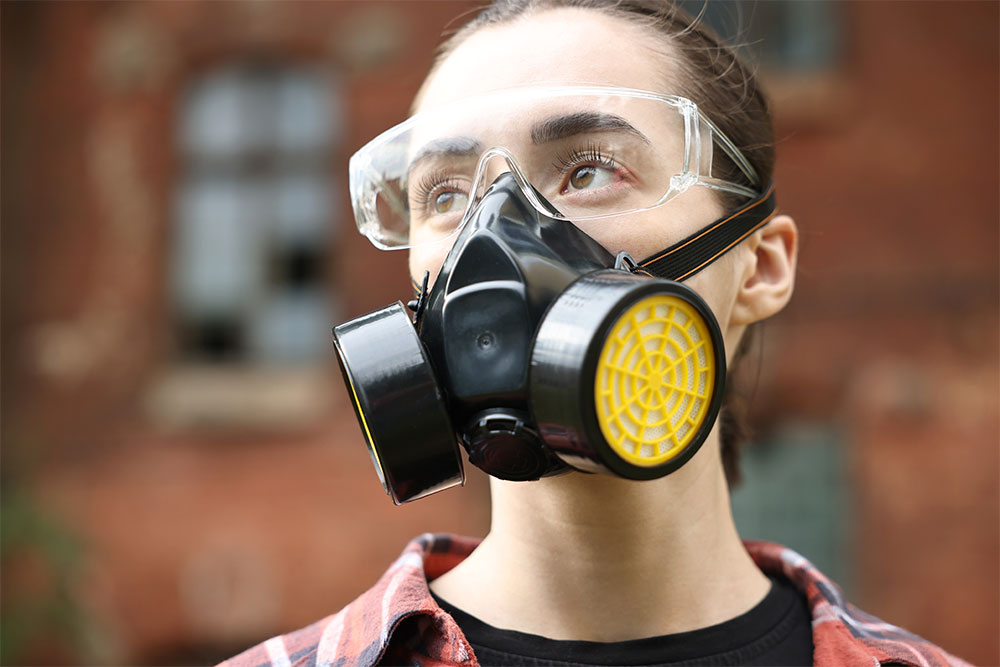
Carbon Monoxide Awareness Training
Employees must understand the risks of carbon monoxide at work and how to stay safe for control measures to be effective.
Our online Carbon Monoxide Awareness Training will help you and your team identify and control CO risks effectively. It covers the sources and symptoms of carbon monoxide poisoning as well as steps to stay safe. It also offers further advice on COSHH compliance and implementing the hierarchy of controls for duty holders.



